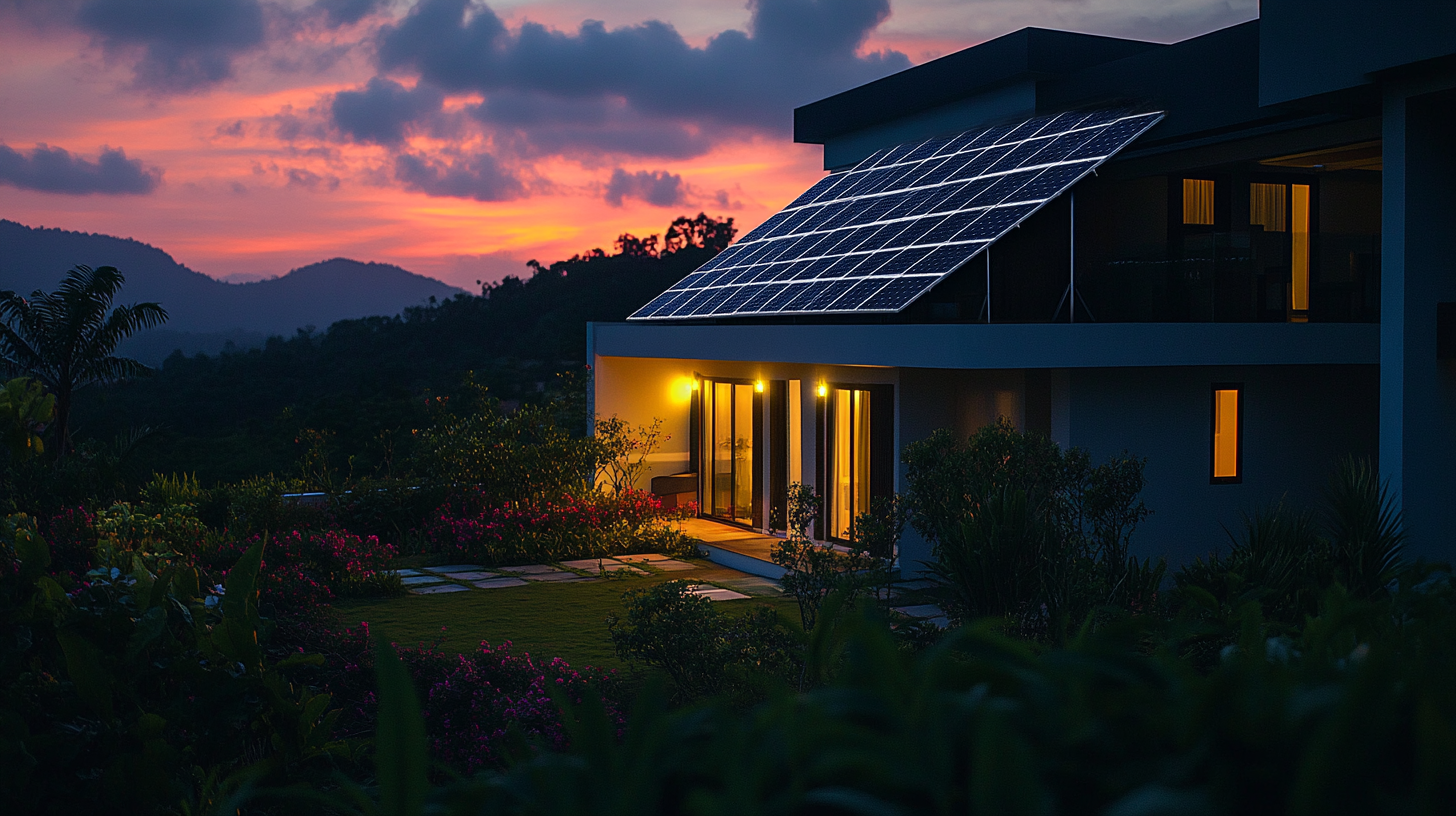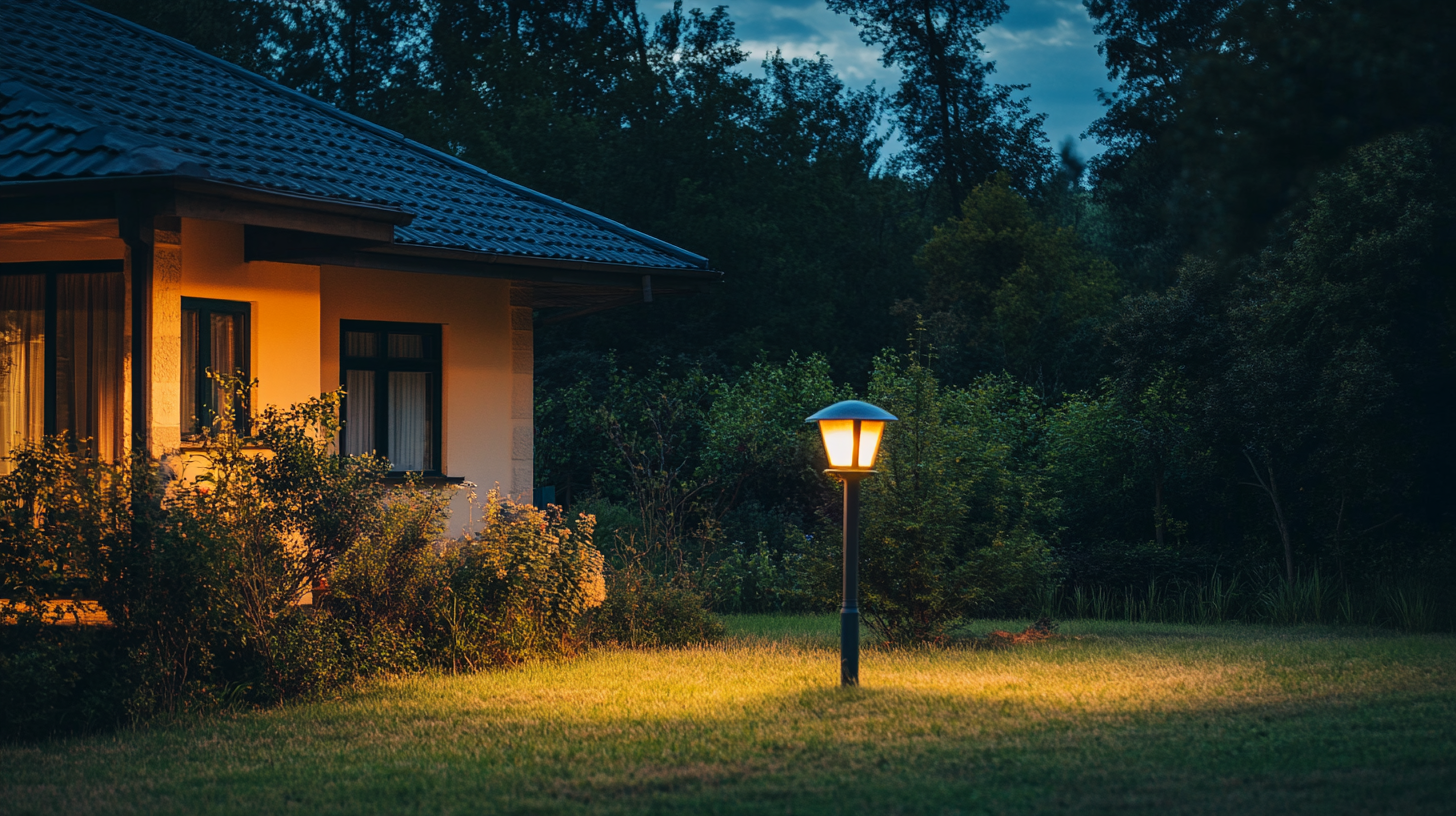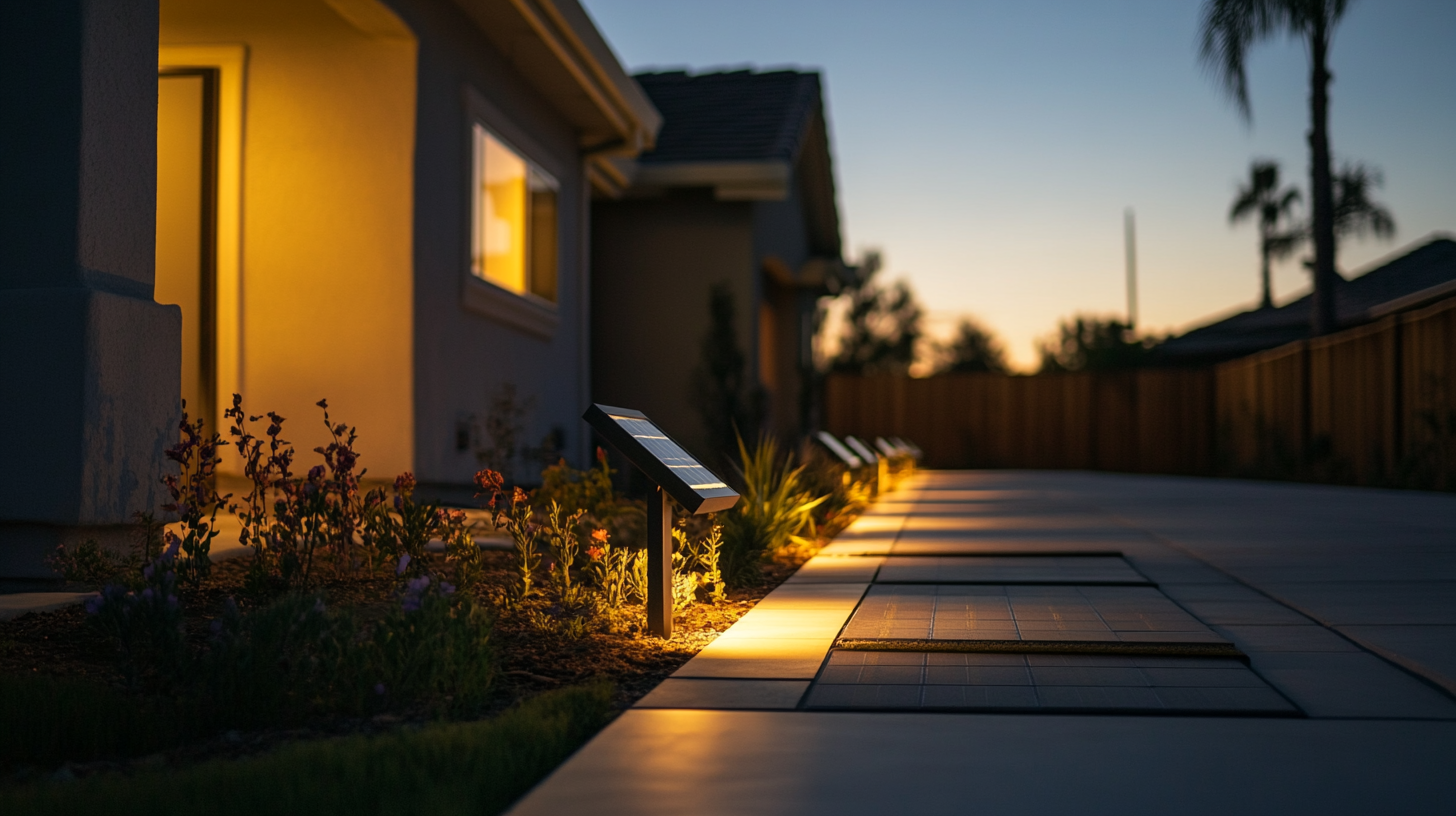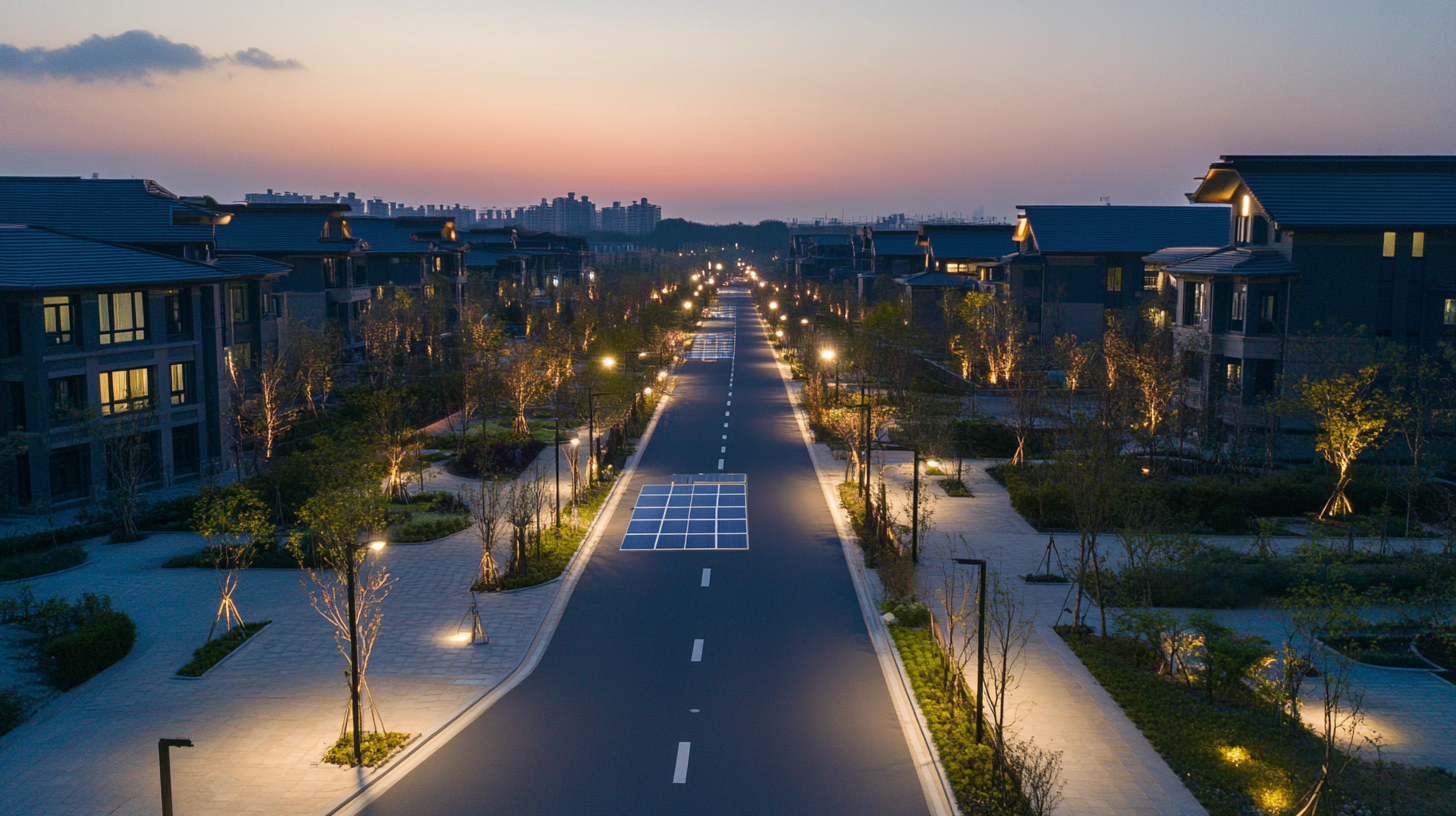Comprehensive Insights on Choosing Solar Powered Outdoor Lighting Solutions
When it comes to enhancing the outdoor spaces around our homes, the choice of lighting plays a crucial role in both aesthetics and functionality. Among the numerous options available, solar powered outdoor lights have emerged as a popular choice for those seeking sustainable and cost-effective solutions. The rise in environmental awareness has led many homeowners to consider the benefits of solar energy, and outdoor lighting is no exception. These innovative lighting solutions harness the power of the sun, providing bright illumination without adding to your electricity bill, making them an attractive option for eco-conscious consumers.
In this blog, we will delve into comprehensive insights on choosing solar powered outdoor lighting solutions that best fit your needs. From understanding the different types of solar lights available to evaluating their performance and energy efficiency, we’ll guide you through the essential factors to consider. Whether you're looking to light up your garden, pathways, or patio, making an informed choice can enhance your outdoor living experience while also contributing to a greener planet. Join us as we explore the various aspects of solar powered outdoor lights and help you create a beautifully illuminated outdoor environment.

Understanding the Benefits of Solar Powered Outdoor Lighting
Solar-powered outdoor lighting solutions are increasingly gaining traction as more people recognize their numerous benefits. These lights operate efficiently without being tethered to electrical wiring, making them an ideal choice for various outdoor settings, from gardens to pathways. As solar technology continues to advance, these lighting solutions not only help homeowners save on energy costs but also contribute positively to the environment by reducing carbon footprints. With a global market for solar street lighting projected to reach $11.1 billion by 2033, it's clear that the demand for sustainable lighting options is on the rise. This growth reflects a shift towards eco-friendly practices, where solar-powered lights are seen as an essential investment in safety and security. These systems provide much-needed illumination in public spaces, enhancing visibility during nighttime while minimizing the risk associated with less secure, poorly-lit areas. Moreover, the convenience of these cordless solutions allows for flexible installation in hard-to-reach areas. However, potential buyers should note that not all solar lights are created equal; durability and performance can vary. Testing various options, such as those among the best outdoor smart lights, can help consumers make informed decisions that combine aesthetics with functionality. As gardens and yards become more integrated with smart technology, solar-powered outdoor lighting continues to evolve, ushering in a new era of energy-efficient home and public space enhancements.

Key Factors to Consider When Selecting Solar Outdoor Lights
When selecting solar outdoor lights, several key factors can significantly impact the effectiveness and satisfaction of your lighting solution. First and foremost, it's essential to evaluate the brightness and lumen output of the lights. According to the Energy Saving Trust, typical solar garden lights emit between 10 and 80 lumens, where higher lumens provide better illumination for pathways and larger spaces. Therefore, determining the area you plan to illuminate will help guide your choice of lumens for optimal performance.
Another crucial aspect to consider is battery capacity and type. The batteries in solar lights typically come in two varieties: NiMH (Nickel Metal Hydride) and lithium-ion. A report from the Solar Electric Power Association highlights that lithium-ion batteries tend to be more efficient and last longer than their NiMH counterparts, declining less rapidly over time. It's important to check the battery specifications to ensure it meets your energy consumption needs, especially during winter months when sunlight is limited.
Furthermore, look for solar lights with durable materials and weather-resistant features. According to the National Renewable Energy Laboratory, outdoor lighting solutions should withstand various environmental conditions to maintain performance over time. Investing in lights with high-quality materials such as aluminum or tempered glass can prolong their lifespan and reduce maintenance costs in the long run.
By keeping these factors in mind—lumen output, battery type, and durability—you can make a well-informed decision that not only enhances the aesthetics of your outdoor space but also contributes to energy savings and environmental sustainability.

Top Types of Solar Powered Lighting Solutions for Various Needs
When choosing solar powered outdoor lighting solutions, it is crucial to understand the various types available to meet specific needs. The market for these lighting options has grown significantly in recent years, driven by an increasing awareness of environmental sustainability and energy efficiency. As outdoor spaces, such as gardens, driveways, and patios, become extensions of our homes, solar powered lighting solutions offer not only functionality but also aesthetic appeal.
One popular type of solar powered lighting is solar garden lights. These lights are typically designed for easy installation and can illuminate pathways, flower beds, or outdoor seating areas with minimal effort. Another noteworthy option is solar security lights, equipped with sensors to detect motion. These provide added safety for homes and properties, lighting up when movement is detected, thus deterring potential intruders.
For those looking to enhance the ambiance of outdoor gatherings, solar string lights are a charming solution. They can be draped around trees or patios to create a warm, inviting atmosphere. Additionally, solar flood lights are ideal for larger areas, offering bright illumination for security or recreational purposes. As the market evolves, the selection of solar powered outdoor lighting continues to expand, providing innovative solutions to meet the diverse requirements of today’s consumers.

Installation Tips for Maximizing the Efficiency of Solar Lights
When considering solar-powered outdoor lighting solutions, the installation process is crucial for maximizing efficiency. Proper placement and angle can significantly influence how well your solar lights capture sunlight during the day. For instance, installing lights in areas with maximum sun exposure, such as south-facing positions, ensures they harness the most energy. It's also essential to keep the solar panels clean and free from debris, as dirt and grime can obstruct sunlight and reduce efficiency.
In addition to optimal placement, incorporating advanced technologies can further enhance the performance of solar lights. Utilizing dual-use solar designs, which integrate solar technology into existing structures, allows for efficient energy use without requiring additional land. This approach not only supports clean energy deployment but also helps mitigate the tensions that can arise from land use conflicts.
Moreover, seasonal considerations are vital. In colder months when sunlight is less abundant, homeowners can implement simple measures, such as angling lights to capture the sun's rays more effectively and ensuring surrounding foliage does not cast shadows. By adopting these installation tips and leveraging innovative solar technology, you'll not only maximize the efficiency of your outdoor lighting but also contribute to a greener future.
Maintenance Practices for Long-Lasting Solar Outdoor Lighting
When it comes to ensuring the longevity and efficiency of solar-powered outdoor lighting, regular maintenance is key. Solar lights are not only eco-friendly but also cost-effective in the long run. To maintain their functionality, it's essential to start with routine inspections. Check for dirt buildup on the solar panels, as this can significantly hinder their ability to harness solar energy. A simple cleaning with a damp cloth can enhance their performance and extend their lifespan.
Moreover, battery upkeep cannot be overlooked. Over time, batteries can degrade or lose their capacity to hold a charge. It's advisable to replace them every couple of years or when they show signs of diminished performance. Additionally, ensuring that all wiring connections are secure and free from corrosion will prevent potential failures. Good wiring practices can also enhance the integration of newer technologies, such as the smart street lighting systems that utilize IoT and LoRa technology, which require dependable power sources to function effectively.
Another vital aspect of maintenance involves adjusting the positioning of the solar lights. As trees grow or structures are built, the amount of sunlight reaching the panels might change. Regularly reassessing their placement can maximize solar collection and improve illumination efficiency. In this era of smart cities, leveraging solar outdoor lighting enhances public safety and sustainability, so proper maintenance is crucial to ensure these systems remain effective and reliable.

